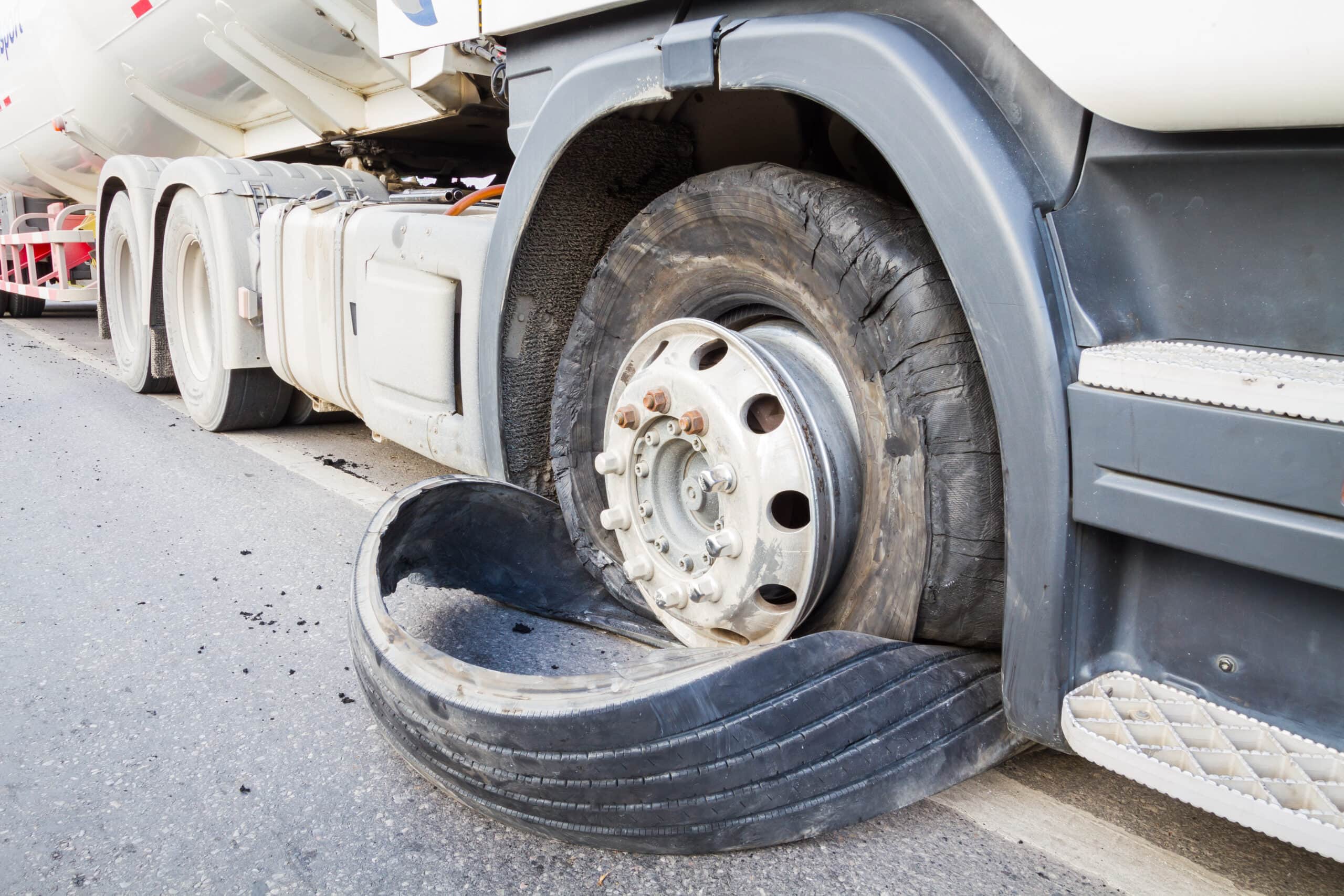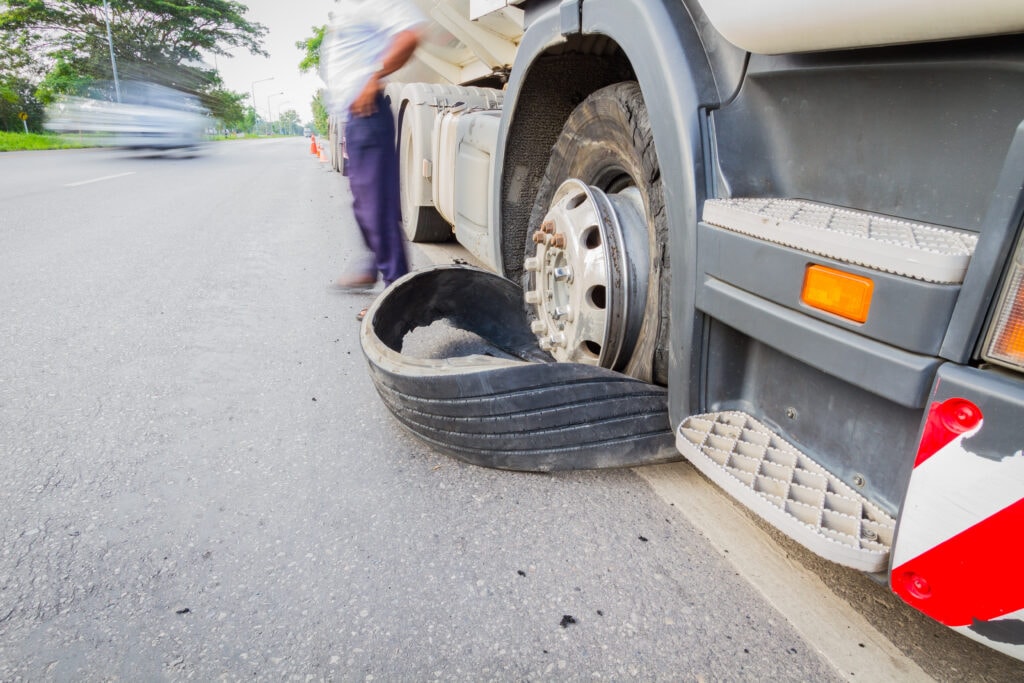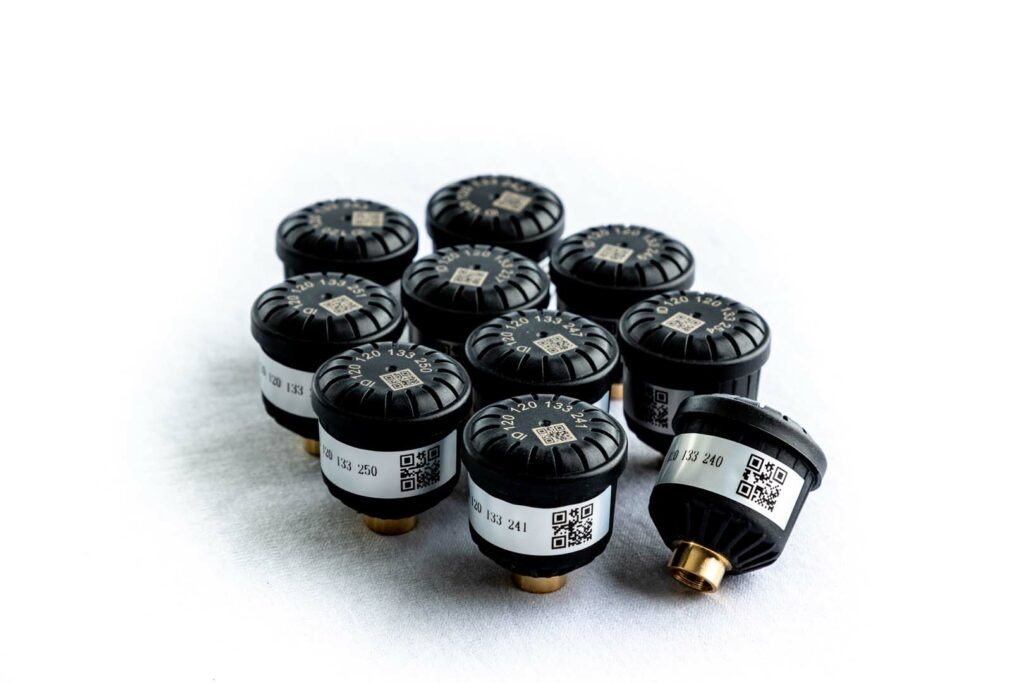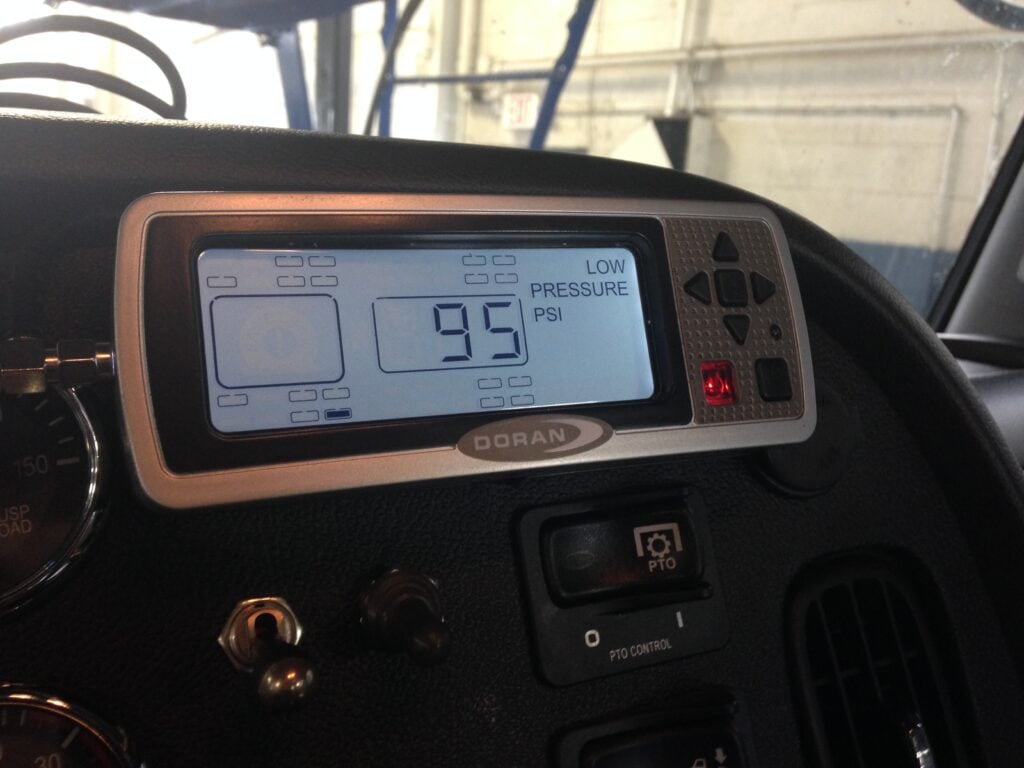
When it comes to dangerous driving weather, we tend to think of icy winter days. But the dangers of driving in the summer can be downright explosive.
We’re talking, of course, about blowouts.
As temperatures rise outside, so does the heat inside your tires, making blowouts far more likely. And the dangers they present are twofold. First, drivers can lose control of the truck if they hit their brakes instead of accelerating through a blowout. Second, they create dangers for other drivers on the road.
A blown-out tire can throw large pieces of its tread onto the highway (also known as road gators).
Drivers often have just seconds to respond when they spot a gator. Swerving endangers others on the road, and running it over can cause thousands of dollars in damages to their car. Either way, it’s a frightening experience no truck driver wants to create.
So where does this leave us? Summer driving is unavoidable. But if we understand how heat impacts our tires, we can be smart about how we handle those summer hauls.

Rubber is an incredibly strong material, but it has its limits. A tire temperature of about 200 degrees or higher can cause a tire to deteriorate. As it falls apart, the various parts of the tire have to compensate, creating more heat and eventually leading to a blowout.
Of course, no summer day is reaching 200 degrees, so what’s the real culprit here? Underinflation.
Up to 90 percent of tire failures are directly attributable to underinflation, according to Tire Business. A tire with 70 psi has 18 percent more rubber on the road than a tire with 100 psi. That excess rubber on the road generates excess friction. Additionally, the tire walls will flex more to grip the asphalt. All of this increased friction drives up your tires’ temperatures.
Summer heat only makes things worse. On a 90-degree day, highways can heat up to 150 degrees. That can easily be enough to push an underinflated tire over the edge. And if you aren’t monitoring your tires properly, you may not realize what’s happening until you see smoke.

The most important way to protect your tires this summer is to invest in a tire monitoring system. These systems can tell you the air pressure and temperature of each tire at the push of a button.
Doran 360TM TPMS uses wireless sensors on each valve stem to send data to an in-cab display. Our patented “Green Means GoodTM” indicator light gives you at-a-glance confirmation that all is well. You can also see individual data so you always know the exact location of any problems.
Of course, there are always surprises on the road. That’s why we equip our systems with audible and visual alarms.
We have three levels of warnings when your tire pressure drops. Levels I and II are tied to your programmed baseline tire pressure, activating when pressure drops 12.5% and 25% respectively. You’ll also get a FastLeakTM warning if pressure drops 4.5 psi within 16 seconds.
All of these data points should help keep your tires cool through the summer. But just in case, our high temperature alarm activates when a tire reaches 175 degrees. This gives you time to safely pull over and investigate what’s making your tire overheat.

Blowout Season lasts from mid-May through October. If you and your fleet would like to skip it this year, we’d love to help. We’ve put 1 million tire sensors out on the road, protecting truckers like you and the drivers around them.
Send us a message to discover the best TPMS options for your fleet. Together, we’ll make your tires last longer and help every driver get home safe.
